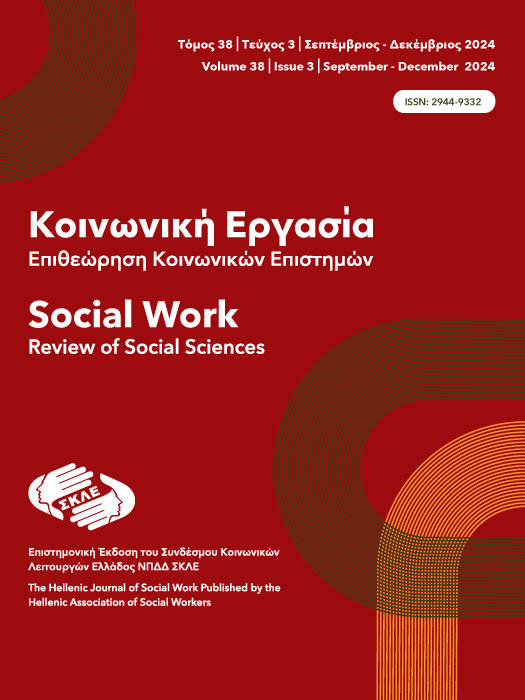The The calm/safe place technique in residential care

Abstract
Calm/safe place is an imagery stabilization exercise, an important resource the child can use during trauma processing when emotions become too distressing. Safe place can be viewed as a form of controlled dissociation. However, children in residential care, due to their developmental and complex traumas, may not have developed secure foundations for attachments and, therefore, face difficulties in identifying a safe place in therapy.This article aims at presenting 12 drawings of safe places of children that have been referred for EMDR therapy at the Mental Health Unit the “House of the Child” andlive in host houses of the association “the Smile of the Child”. The analysis of drawings indicated the need for privacy and particular patterns that will be discussed. The second aim of this article is to present the conclusions of a pilot focus group in which three EMDR therapists participated (two clinical psychologists and a child psychiatrist). The EMDR therapists work therapeutically with children in residential care and discuss the obstacles to establishing a safe place and other therapeutic considerations. The output of the focus group is presented through a SWOT analysis. Our findings could have implications on the conceptualization of the stabilization phase in the therapeutic work with children in residential care.
Article Details
- How to Cite
-
Tsouvelas, G., Chondrokouki, M., Antoniou, X., & Nikolaidis , G. (2024). The The calm/safe place technique in residential care . Social Work. Review of Social Sciences, 38(3), 68–80. https://doi.org/10.12681/socialwork-rss.39293
- Section
- Article

This work is licensed under a Creative Commons Attribution-NonCommercial-ShareAlike 4.0 International License.


